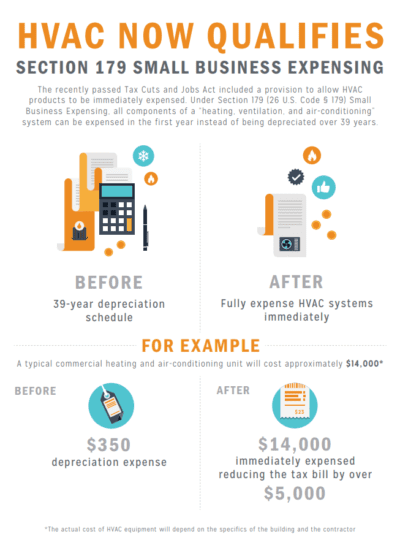Constant Errors To Steer Clear Of When Mounting A Heat Pump
Constant Errors To Steer Clear Of When Mounting A Heat Pump
Blog Article
Short Article Composed By-Stuart Carson
When mounting a heatpump, you need to steer clear of common mistakes that can threaten its effectiveness. Neglecting proper sizing might cause ineffectiveness and greater energy expenses. Ignoring insulation and sealing could result in power wastefulness and strain on the system. Moreover, placing the outdoor unit inaccurately might affect its efficiency. By preventing these mistakes, you can guarantee optimum operating and resilience of your heat pump system.
Improper Sizing of Heatpump
When it pertains to the setup of heatpump, among the most usual errors is poorly sizing the system for your area. Making sure the right dimension is critical for optimum efficiency. If the heat pump is too little, it will have a hard time to warm or cool your area effectively, causing enhanced power bills and potential wear and tear on the unit.
On the other hand, if the heat pump is too large, it will cycle on and off often, creating temperature level fluctuations and lowering its life expectancy.
To avoid this error, it's vital to have a specialist examine your room and advise the suitable size of the heat pump based upon aspects like square video footage, insulation, ceiling height, and local environment. By investing the moment and initiative to ensure the correct sizing, you can delight in a comfortable setting while taking full advantage of energy effectiveness and lengthening the lifespan of your heatpump.
Inadequate Insulation and Sealing
To guarantee the reliable procedure of your heat pump, it's vital to attend to inadequate insulation and securing in your space. Correct insulation helps maintain a constant temperature level indoors, lowering the workload on your heatpump. https://thenewswheel.com/tips-for-easily-effectively-cleaning-car-air-vents/ can lead to energy loss, making your heat pump job harder and much less effectively.
Sealing https://raymondhrcmw.dgbloggers.com/31578280/make-the-most-of-precision-in-your-heatpump-installment-procedure-a-careful-and-systematic-method-will-certainly-make-sure-both-efficiency-and-long-term-comfort-in-your-house of voids or leakages in your room is equally vital. These voids permit conditioned air to escape and exterior air to leak in, forcing your heat pump to compensate for the temperature level variations.
Incorrect Placement of Outdoor System
Attending to the placement of your heatpump's outside unit is key to enhancing its efficiency. Setting up the outdoor device in an incorrect area can lead to efficiency problems and prospective damages to the system.
One common error to prevent is positioning the outside system as well near a wall or various other frameworks. This can limit air flow, causing the system to function more difficult to warm or cool your space, inevitably lowering its efficiency and life expectancy.
One more mistake to steer clear of is positioning the outdoor device in direct sunlight. While some sunshine is inescapable, excessive direct exposure can lead to getting too hot, especially during hot summertime days. It's finest to position the outdoor unit in a shaded location to assist keep its optimal operating temperature level.
Furthermore, make certain that the exterior system is put on a secure and degree surface area. https://averagecosttopurchaseandi65319.jaiblogs.com/58201196/maximize-your-heatpump-s-effectiveness-and-economic-savings-with-affordable-repair-service-solutions-discover-methods-to-obtain-the-excellent-equilibrium can trigger resonances and unneeded strain on the unit, influencing its efficiency over time.
Conclusion
In conclusion, staying clear of common errors during heatpump setup is important for taking full advantage of performance and durability of your system. By guaranteeing appropriate sizing, appropriate insulation, sealing, and appropriate placement of the outdoor unit, you can protect against problems such as inadequacies, increased power bills, and strain on the unit. Putting in the time to resolve these key factors will inevitably conserve you money and time over time.
